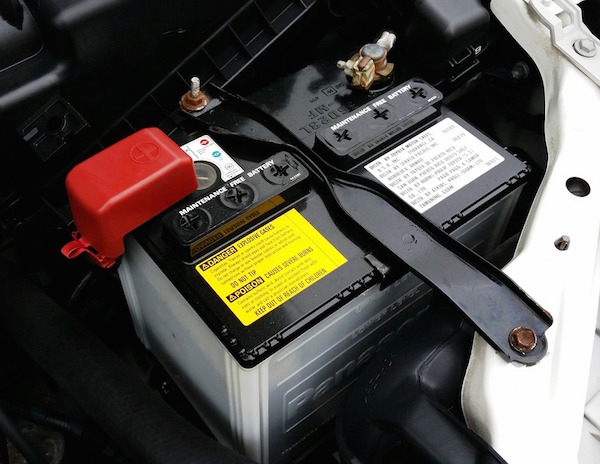Feb 28, 2017

Your car’s battery is an essential part, providing the power which does everything from turning over the engine to help start it, to keeping your lights working.
Over the past few years, car batteries have undergone an important change. Not too long ago, they used to need regular checks to ensure that they were kept topped up with distilled water, which used to be needed to dilute the acid formed by the lead which was the battery’s main component.
Today though, most batteries are completely sealed, self-contained units, which has helped eliminate the risk of this acid leaking, and therefore the possible damage it can do to the exposed parts of a car’s engine.
But just like any other kind of battery, those in your car lose their ability to recharge themselves over time, and this brings about the telltale signs of your car engine being more difficult to start, interior and exterior lights becoming dimmer, and possibly, other components such as the audio system showing signs of losing power.
There are a few steps you can take to help prolong the life of your car’s battery, and most are simple and obvious.
They include making sure that every item which draws power from the battery (e.g. windscreen wipers, heated front or rear window) is always switched off when you leave the car. Something as simple as an interior light left on can, over just a few hours, drain the power from a battery, leaving it unable to recharge itself as it normally would while your car’s engine is running.
All these following factors can also affect the life of your car battery:
Before we move on to the main purpose of this piece - to describe the safest and easiest steps for how to replace a car battery - here’s a list of the most important things you need to consider while carrying out what’s essentially a pretty straightforward job.
Now we move on to the real job in hand, please see a guide as to how to replace a car battery, this will incorporate the advice above to reinforce its importance.
Once you’ve learned how to replace a car battery and done it once, you should find it gives you the confidence to be able to tackle this job at any time.
But as we mentioned above, there could be reasons, such as the battery being too heavy, or you being unsure of how to remove it, when a little expert help is in order.
Don’t worry - it’s a common maintenance job, and according to the motoring organisation patrols, one which they’re most often called out to deal with. According to the AA, flat batteries, and general problems with a vehicle battery, account for more call-outs than any other fault.
So at least knowing where to find your battery - especially if it’s one of the minority of cars these days where it isn’t found under the bonnet - can be a major help to getting started with putting problems right.
Knowing the major risks associated with fitting a replacement battery will also ensure that you keep yourself safe, and possibly avoid causing serious damage to your car. It’s a fairly easy job, but as you can see from the number of emergency call-outs attributed to faulty or non-working batteries, the chances are that you could fall victim sooner or later.
There’s no need to worry if you don’t feel confident enough to fit a replacement car battery yourself - plenty of garages and mechanics are equipped to easily deal with the job. So if your car needs a new battery and you don’t know where to turn, you can ask for quotes using MyCarNeedsA.com. Register for free, and you can soon start getting car battery replacement quotes to help get you moving again.